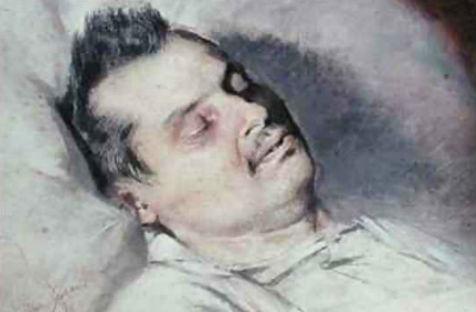“Dying well” means something different to each of us. It could mean being free of physical pain. It could mean being able to think clearly. It could mean being in your own bed surrounded by people you love or maybe it’s important that you have time to say goodbye. It may even mean being able to travel home to the place of your birth or to not have your death complicated by futile treatments. We are all individuals with different values, beliefs and needs, therefore a “good death” will mean something very different for each of us.
The sad reality is that many of us will not have a choice about how or where we die. Something unexpected may occur and we could find ourselves dying in an emergency department. At the other end of the spectrum, we may physically deteriorate to a point where we are no longer able to care for ourselves and so are admitted to a residential care facility. So what does a good death look like to you? Have you ever thought about it? And if you’ve thought about it, have you talked about it with people you trust and the people you care about?
Humans are finite beings and eventually, whether we like it or not, we’re going to die, so it’s about time as a society, we started to talk about it and as individuals we take control of our deaths with the same fervour that we plan labour and the birth of our children.
The arts can be a key resource for helping with this process.
The reason people don’t talk about death, don’t feel confident in supporting grieving neighbours and friends and don’t talk about what they value in terms of their final days is because it’s scary. They don’t know who to talk to, how to start the conversation and how to make sure that their wishes are carried out, so the conversation is put off and one day the opportunity is gone and they are dying the death that just happens, not the death they want.
The arts offer us an opportunity to take that scary, taboo subject and create a safe and nurturing environment for people to reflect on their values, their legacy, the people they love and care about, the ‘stuff that matters’ and how all of this might translate into dying well for them.
I’ve spent the bulk of my career caring for dying people and their families, managing palliative care services and trying to get the wider community to have informed conversations about death so that when people are faced with their own death or the death of someone they love, they are prepared and empowered. It had been a long and challenging road to try and find a vehicle that would enable these conversations to happen…and then I found the arts.
I very quickly discovered that by using performance as a health promotion tool, I could engage, entertain and inform large groups of people in a theatre, in a way that made them feel safe. Safe to think about the (often confronting) concepts explored in the performance. Safe enough to eagerly share their personal stories of loss and grief in the audience participation session following the performance. And safe enough to continue those conversations when they returned home to their families and friends.
I’ve collaborated with celebrated actor and playwright, Alan Hopgood on two plays now. Four Funerals in One Day about dying, caring and palliative care and The Empty Chair about dementia and grief, both of which have toured nationally to full houses over a number of years. The feedback that both Alan and I continually receive vindicates this approach. By wrapping information in entertainment with a dash of pathos, a good dollop of humour and by telling stories that resonate with the fears and experiences of ordinary people, it validates those individual experiences and empowers people to talk about how it was for them and how it could have been improved.
But performance isn’t the only arts modality that can meaningfully create an opportunity for reflection in a supportive and nurturing environment. Since my very first fore into the arts, I’ve been involved in biography programs, creative writing workshops, visual arts projects and interactive music and movement experiences that have instantaneously “freed up” participants to share their stories, talk about their fears and find a level of support and empowerment from other people involved in the activity.
This is the beauty of using the arts to create opportunities for conversations about death and grief. Instead of a health professional like me standing up and lecturing people, telling them what I think they should know it is the participants who drive the activity. The participants are the ones who support each other, who share stories, who empathise and inform. The health professional just provides the opportunity.
This is true health promotion where the social model of health, driven by the people who consume health services, (not those who provide them) articulate their information needs. The role of artists of all modalities in this process is equally important.
The future of driving societal change in terms of how we die, how we grieve and how we empower communities to become more compassionate, is dependent on partnerships between artists and health professionals. Now is the time for us to work together, to share our expertise and collaborate on projects that can create real social change.





